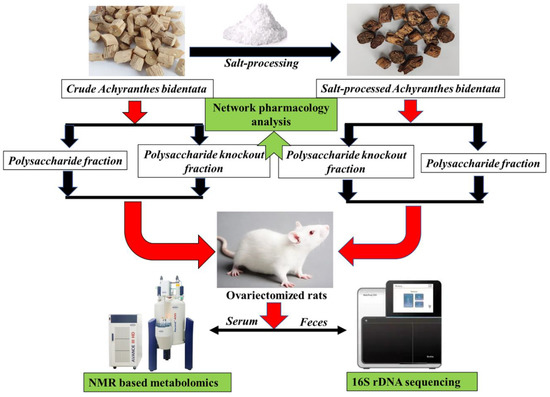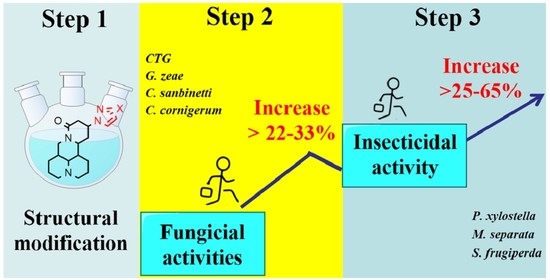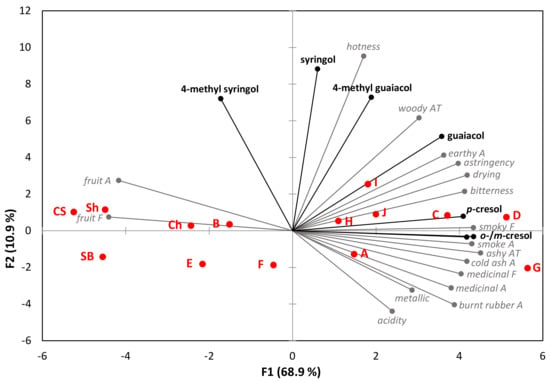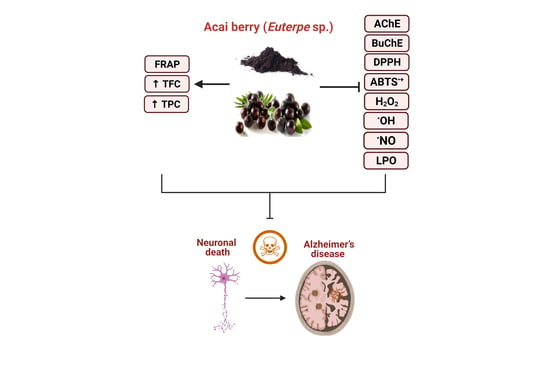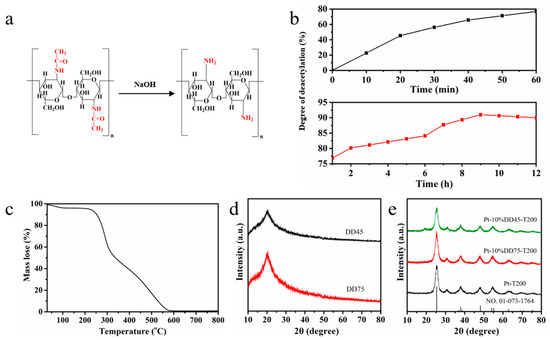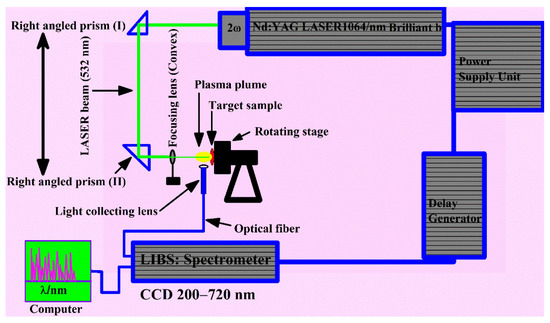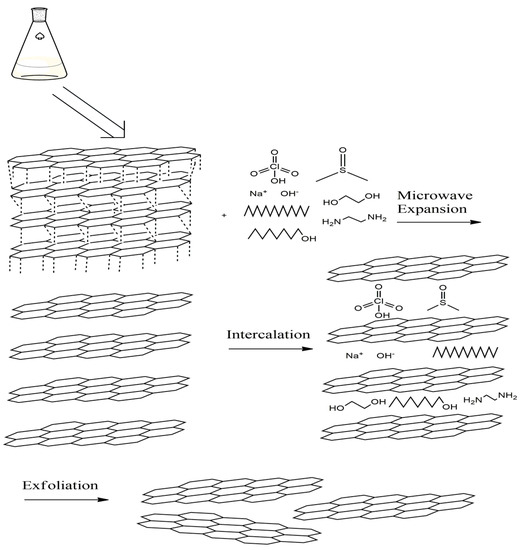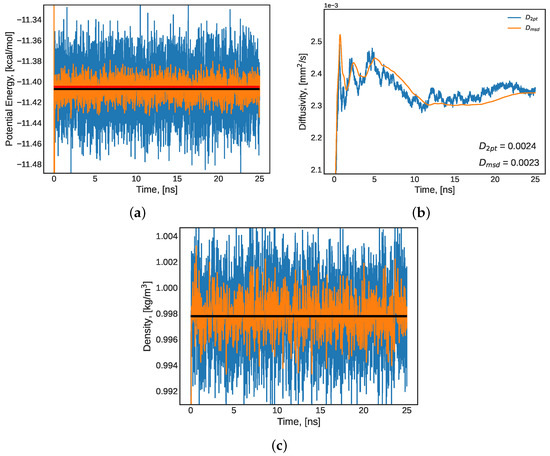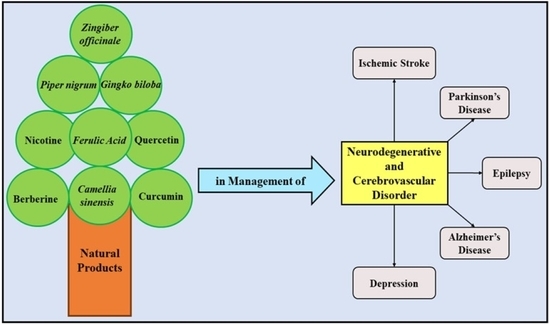Molecules 2022, 27(15), 5012; https://doi.org/10.3390/molecules27155012 - 6 Aug 2022
Cited by 15 | Viewed by 3507
Abstract
The root of Achyranthes bidentata Blume (AB) is a well-known traditional Chinese medicine for treating osteoporosis. Plenty of studies focused on the pharmacological mechanism of the whole extract; however, the contribution of different components to the anti-osteoporosis effect remains unknown. The aim of
[...] Read more.
The root of Achyranthes bidentata Blume (AB) is a well-known traditional Chinese medicine for treating osteoporosis. Plenty of studies focused on the pharmacological mechanism of the whole extract; however, the contribution of different components to the anti-osteoporosis effect remains unknown. The aim of this study is to explore the anti-osteoporosis mechanism of different components of crude and salt-processed AB under the guidance of network pharmacology, metabolomics, and microbiomics. First, network pharmacology analysis was applied to constructing the compound-target-disease network of AB to provide a holistic view. Second, the anti-osteoporosis effects of the four components were evaluated in female Wistar rats. The subjects were divided into a normal group, a model group, a 17α-estradiol (E2)-treated group, a polysaccharide-component-treated groups, and a polysaccharide-knockout-component-treated groups. All the serum, urine, and feces samples of the six groups were collected after 16 weeks of treatment. Biochemical and microcomputed tomography (μCT) parameters were also acquired. Coupled with orthogonal partial least-squares discrimination analysis, one dimensional nuclear magnetic resonance (NMR) was used to monitor serum metabolic alterations. A total of twenty-two biomarkers, including lipids, amino acids, polyunsaturated fatty acids, glucose, and so on were identified for the different components-treated groups. Through pathway analysis, it is indicated that glyoxylate and dicarboxylate metabolism, glycine, serine, and threonine metabolism, alanine, aspartate, and glutamate metabolism, d-glutamine, and d-glutamate metabolism were the major intervened pathways. Levels of these biomarkers shifted away from the model group and were restored to normal after treatment with the four components. In addition, 16S rDNA sequencing demonstrated that the abundance of Anaerofilum, Rothia, and Turicibacter bacteria was positively correlated with an anti-osteoporosis effect, whereas the abundance of Oscillospira was negatively correlated. The osteoprotective effect of the polysaccharide components of crude and salt-processed AB is related to the regulation of the abundance of these gut microbiota.
Full article
(This article belongs to the Special Issue Application of Analytical Methods in Food, Drug, and Natural Products Research)
►
Show Figures
